About Iron Deficiency Anemia
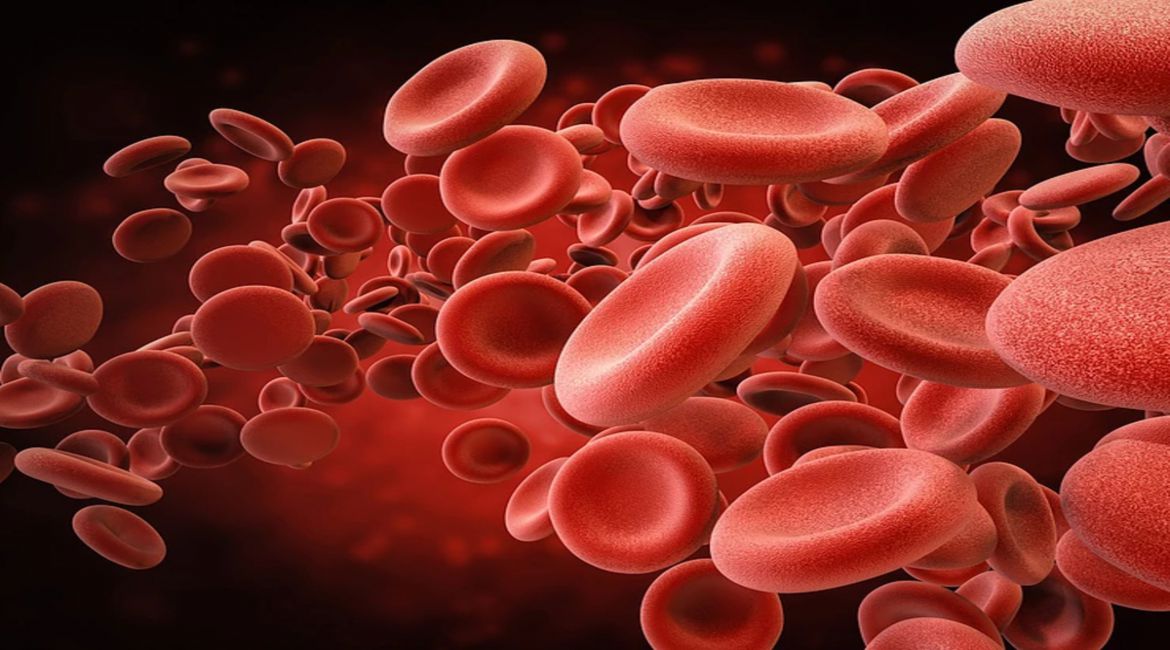
Anemia is a condition where, due to some reason, the formation or the production of Red Blood Cells (RBCs) are hampered. RBCs or Hemoglobin (the protein molecule of RBCs) helps to carry oxygen throughout our body. Therefore, if the production of RBCs is hampered due to any kind of abnormalities, it hampers sufficient oxygen supply to our body cells.
Anemia may happen for various reasons like nutrient deficiencies like vitamin B6 (pyridoxine), vitamin-B12, folate and most commonly Iron. Along with these, infections, hemorrhage, genetic disorder, or some chronic diseases are also may responsible for the anemia.
According to WHO, around 1.62 billion people (around 24.8%) of the total population are affected by anemia. The possible cause of anemia among 30%-50% of these people is iron deficiency (WHO,2007).
In India, around 58.6% of children, 53.2% of non-pregnant women and 50.4% of pregnant women are anemic according to National Family Health Survey (NFHS,2016).
There are several types of anemia, like
-
Microcytic anemia (Insufficient iron for the formation of hemoglobin. RBCs are lower than normal, and the size is too small).
-
Aplastic anemia (Body not able to produce enough number of RBCs).
-
Megaloblastic anemia (It happens due to deficiencies or lack of utilization of vitamin B-12 or folic acid. The size and shape of RBCs are larger than normal).
-
Sickle cell anemia (Hemoglobin not able to carry enough amount of oxygen due to the abnormal shape).
-
Thalassemia (Genetic disorder of hemoglobin maturation).
-
Hemolytic anemia (RBCs are destroyed faster than production. Therefore, speed loss of RBCs is the cause of anemia) and, most commonly
-
Iron Deficiency Anemia.
What is Iron Deficiency Anemia:

Inadequate amount of iron in the body is the cause of Iron Deficiency Anemia (IDA). Iron helps the production of hemoglobin. Hemoglobin is the component of RBCs, which helps to carry oxygen in our whole body. Therefore, an insufficient amount of iron consumption or lack of iron absorption can affect the RBCs formation which causes an IDA.
IDA is the most common type of anemia throughout the world. Children and women are the most vulnerable group affected by this type of anemia in both rural and urban areas, especially in developing countries.
The normal level of hemoglobin:
-
Children (5-12 yrs.): At or above 11.5 gram/dl
-
Children (12-15 yrs.): At or above 12 gram/dl
-
Adult men: 13.5-17.5 gram/dl
-
Adult women: 12.0-15.5 gram/dl
-
Pregnant women: At or above 11 gram/dl
Causes of Iron Deficiency Anemia:
For Children:
-
Poor dietary habits.
-
During pregnancy, if a mother is suffering from IDA it can also affect the baby, who does not get enough iron during birth.
-
Gastrointestinal problems.
-
Blood loss due to chronic diseases or injuries.
-
Female child negligence.
For Women:
-
Poor dietary habits.
-
Heavy bleeding during menstruation.
-
Inflammatory bowel syndrome.
-
Lack of iron absorption.
For pregnant women:
-
Poor dietary habits.
-
Lack to meet the demand of iron requirements.
-
Heavy bleeding during pregnancy.
-
Low maternal age.
-
Social taboos and myths about foods, which affect dietary habits.
For adult and old age:
-
Poor dietary habits.
-
Poor iron absorption.
-
GI surgery.
-
Medicinal effects.
-
Blood loss due to peptic ulcer, colorectal cancer, and chronic diseases, etc.
-
Excessive blood donation.
Symptoms of Iron Deficiency Anemia:
-
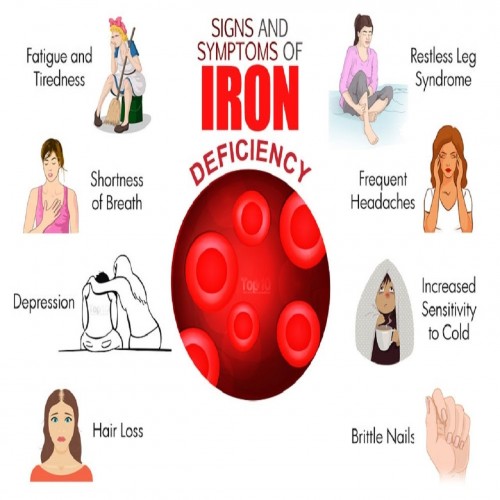 Weakness
Weakness -
Pale skin especially hands, feet, tongue, eyes, etc.
-
Brittle nails
-
Fatigue
-
Shortness of breath
-
Anorexia
-
Palpitation
-
Feel coldness on feet and hands.
Foods rich in iron, per 100 grams of edible portions:
Animal Sources
Name of food items Iron (mg)
Liver, sheep 6.3
Mutton, muscle 2.5
Pork muscle 2.2
Egg, hen 2.1
Egg, duck 2.5
Beef meal 18.8
Bhetki dried 15.0
Crab, muscle 21.2
Chingri goda, dried 49.6
Mackerel 4.5
Parsey dried 17.4
Prawn 5.3
Oyster 7
Other sources
Name of food items Iron (mg)
Bajra 8.0
Jowar 4.1
Ragi 3.9
Rice, bran 35.0
Rice, flakes 20.0
Rice, puffed 6.6
Wheat, whole 5.3
Bengal gram, roasted 9.5
Bengal gram, dhal 5.3
Lentil 7.58
Peas dry 7.05
Soybean 10.4
Amaranth tristis 38.5
Bengal gram leaves 23.8
Cauliflower green 40.0
Parsley 17.9
Spinach 1.14
Almond 5.09
Cashew 5.81
Coconut dry 7.8
Watermelon seeds (Kernal) 7.4
Cloves dry 11.7
Cumin seeds 11.7
Mace 12.3
Mango power 45.2
Jaggery (coconut palm) 2.64
**Sources: National Institute of Nutrition, ICMR, 2016
Herb
Name of food items Iron (mg)
Kulekhara or Talimakhana leaves 7.03
How to improve iron absorption:
-
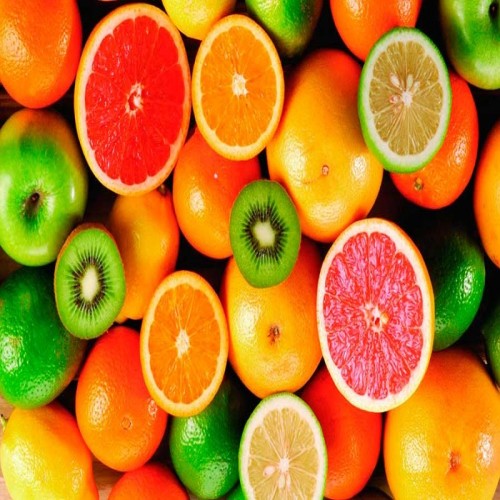 Increase the consumption of vitamin-C or ascorbic acid-rich foods in every meal. It helps to improve the absorption of iron.
Increase the consumption of vitamin-C or ascorbic acid-rich foods in every meal. It helps to improve the absorption of iron. -
Avoid drinking tea or coffee just after or before a meal. Tannin is an organic compound present in tea and coffee, which inhibits the absorption of iron.
-
Foods that are rich in calcium, phytates (like unrefined cereals, soybeans, etc.), carbonates, oxalates, phosphates, ethylenediaminetetraacetic acid (EDTA), also inhibit the absorption of iron in our body. Therefore, better to avoid these types of food items along with iron-rich foods or iron supplements.
Treatment:
-
If iron demand is not fulfilled by diet, then you need to consume iron supplements according to the physician’s advice.
-
During pregnancy and lactating phase, iron demand becomes high. Therefore, you need to consume iron-rich foods and may take iron supplements according to doctor’s advice.
Conclusion:
-
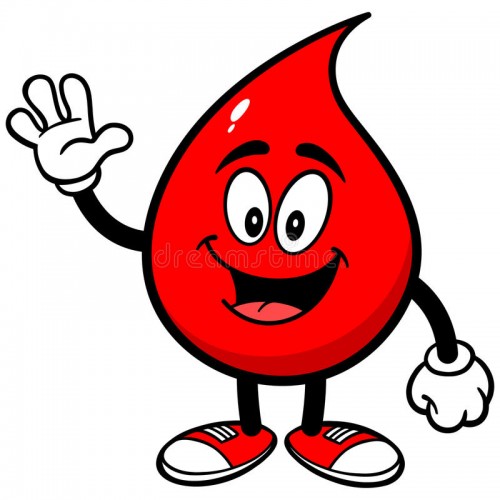 Increase social awareness.
Increase social awareness. -
Anemia is a symptom rather than a disease. Therefore, if anemia can be prevented in the primary stage, it is possible to control some diseases at an early stage. So, don’t neglect anemia.
-
During pregnancy, take iron, folic acid supplements if needed, according to doctor’s advice to meet the demand.
-
Consume iron-rich foods.
-
To increase the absorption of iron, add Vitamin-C rich foods in the diet.
References:
1. https://www.ncbi.nlm.nih.gov/pmc/articles/PMC3685880/
2.https://www.who.int/vmnis/anaemia/prevalence/summary/anaemia_data_status_t2/en/
3. https://www.ijsr.net/archive/v6i2/ART2017752.pdf
4.https://www.who.int/nutrition/publications/en/ida_assessment_prevention_control.pdf
5. manual_of_clinical_nutrition2013.pdf
6. Nutrition-in-clinical practice, David L. Katz M.D., M.P.H., F.A.C.P.M., F.A.C.P, Rachel S.C. Friedman.
7. Prescription for nutritional healing, Third edition, Phyllis A. Balch, CNC. James F. Balch, M.D
8. Dietetics, Fifth edition, B. Srilakshmi



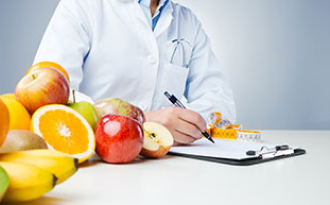


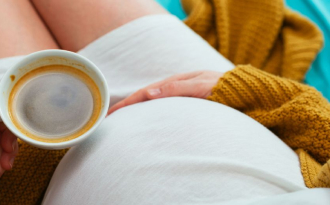



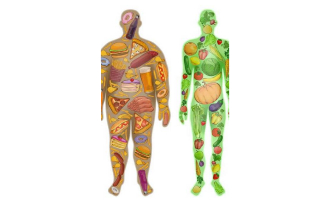
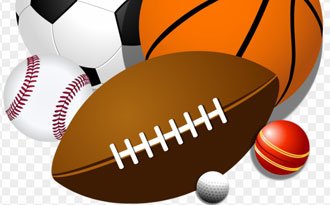
0 Comments